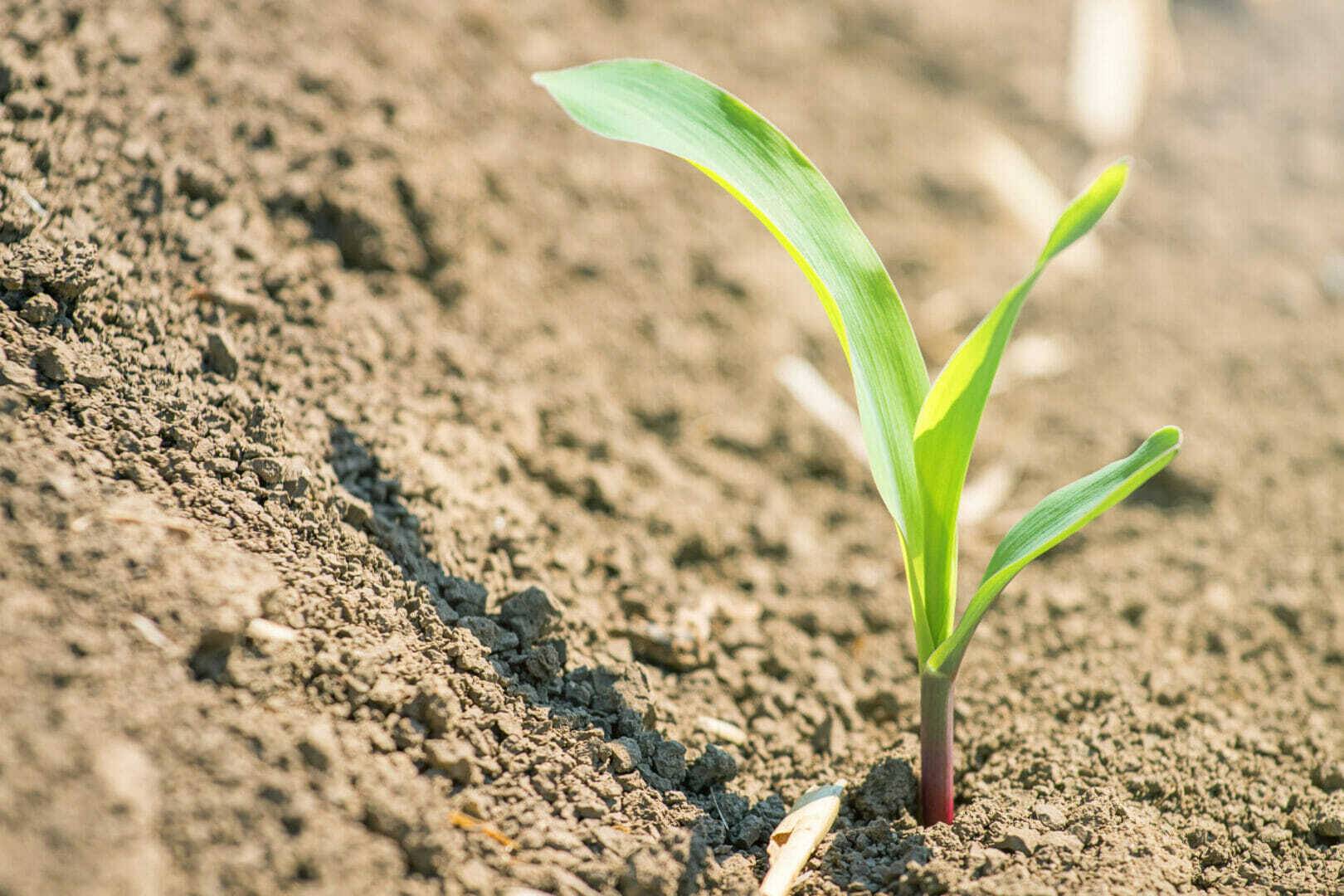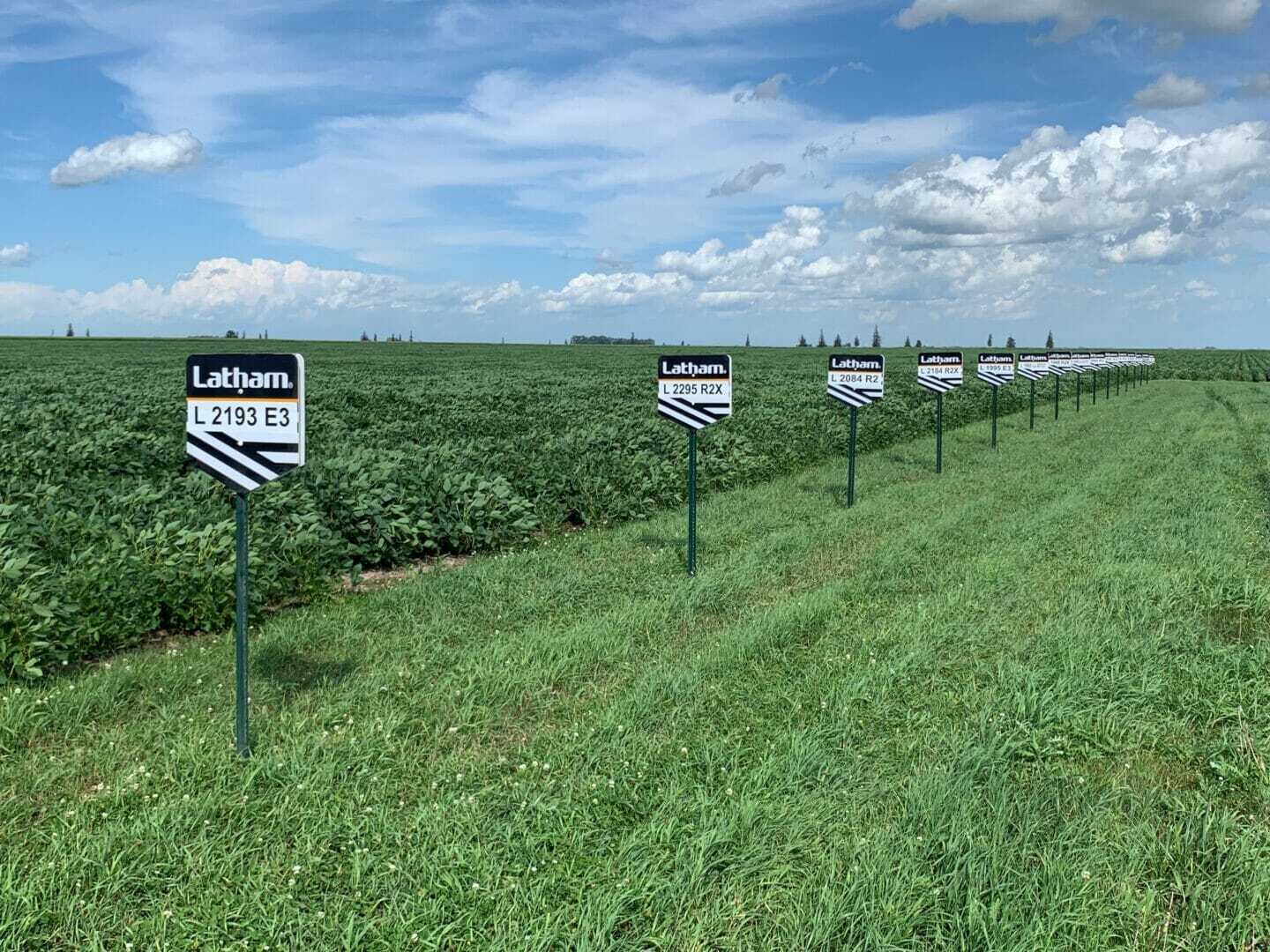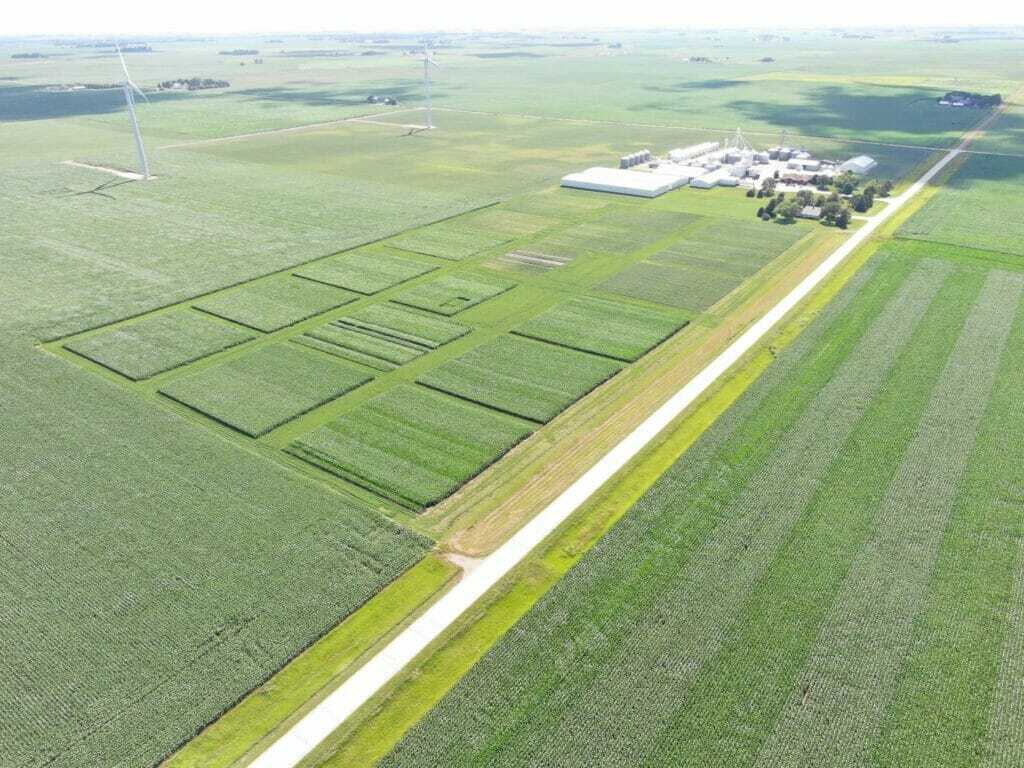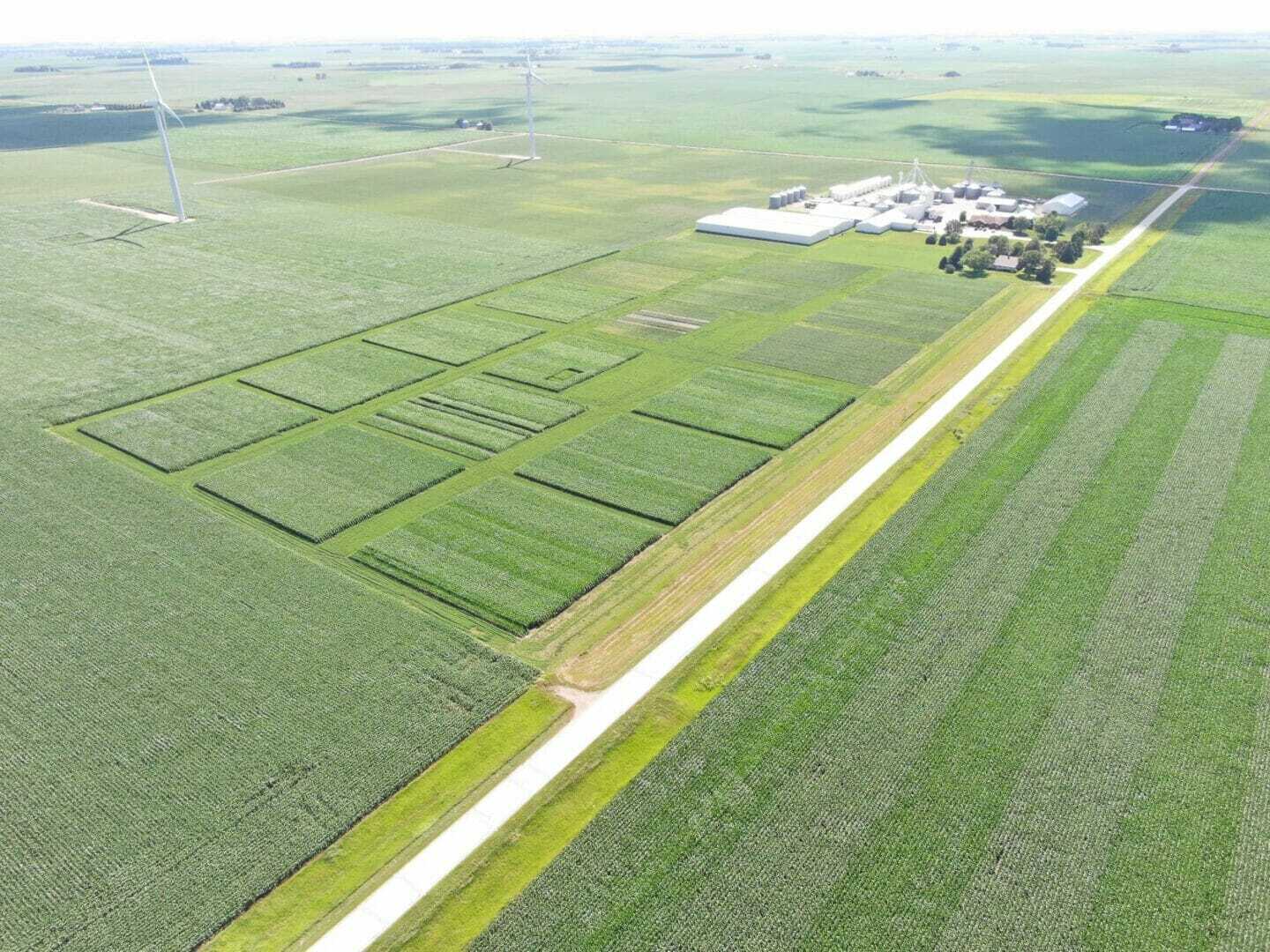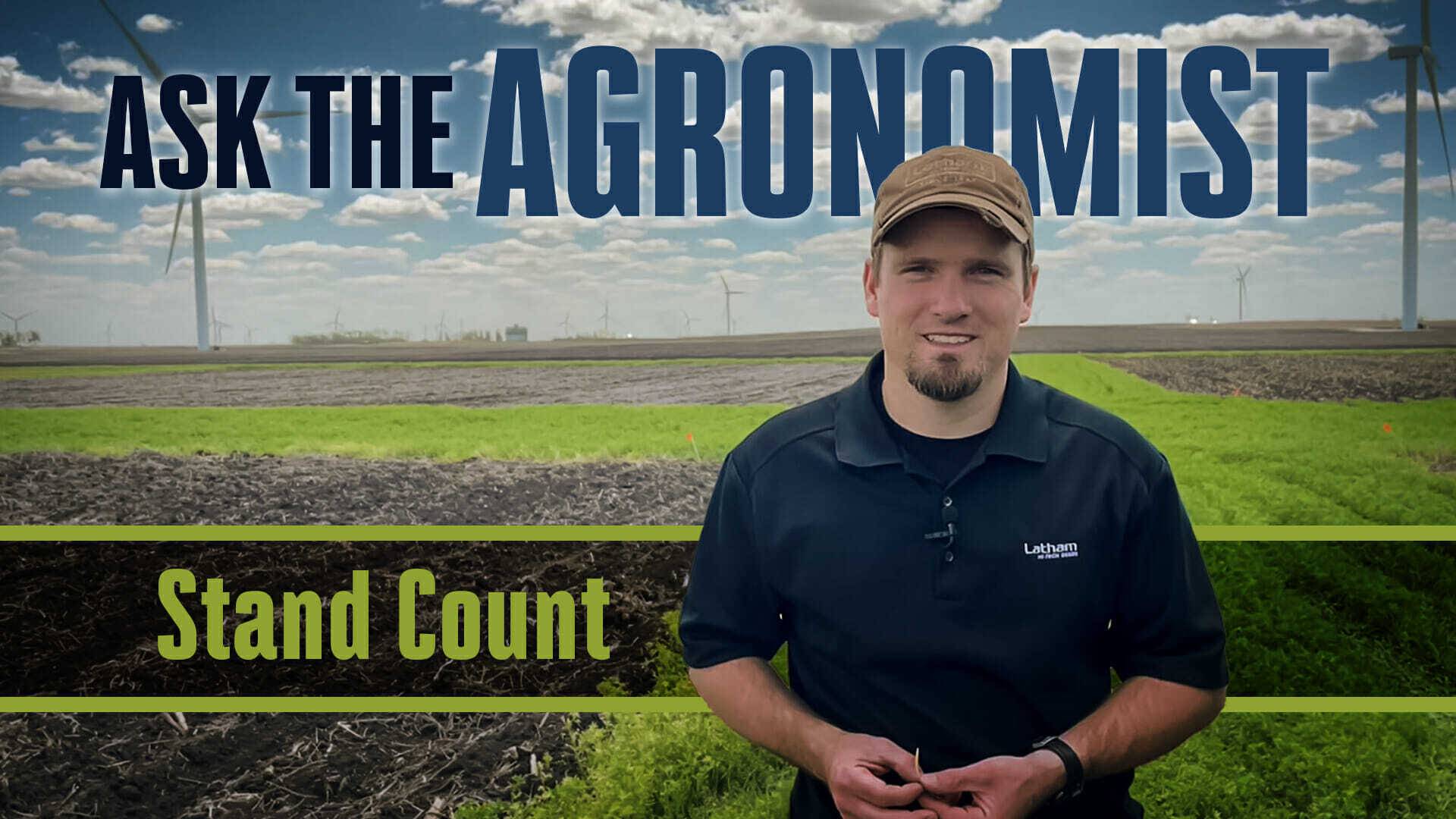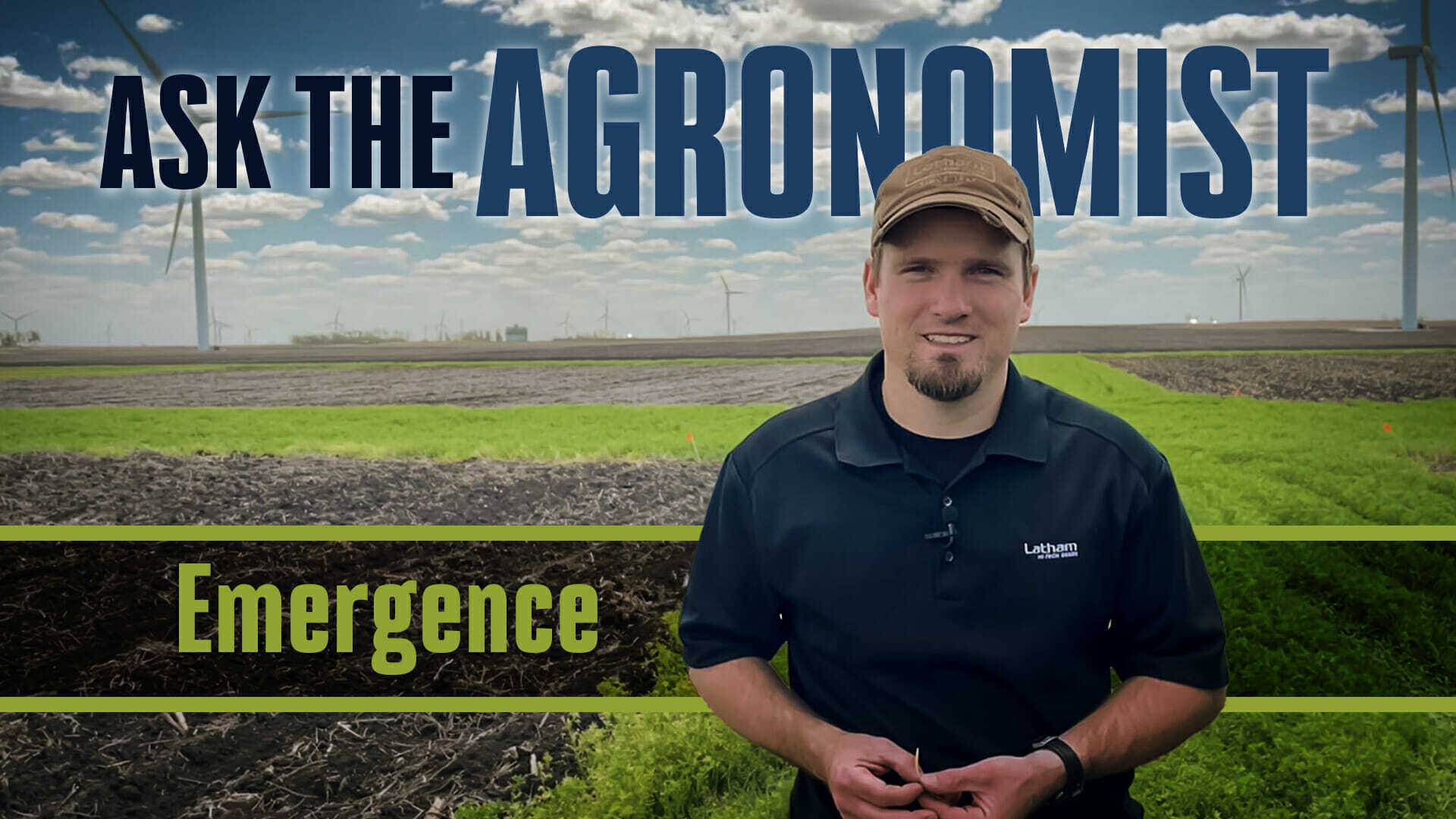Phytophthora root and stem rot is a significant disease affecting soybeans across Latham Country. It can kill and damage seedlings and plants from planting almost through harvest. This disease especially favors saturated conditions early in the growing season.
You’re most likely to find Phytophthora in the following places:
- Low, wet spots in a field
- Fields with high clay content
- Fields that have been in no-till for a few years
- Weedy areas that may be the result of stand reduction earlier in the season
Begin scouting as early as emergence where soils are saturated by heavy rains following planting. Where gaps in the row appear, carefully dig down to the seed zone. Infected seeds may rot before germination. Others may germinate but fail to make it to the surface.
In other instances, soybean plants may emerge from the soil and then die. These dying or dead plants often show a “pinching” of the stem just at or slightly below the soil line. This symptom is commonly referred to as damping-off.

If damping-off is a problem in the spring, watch for Phytophthora infection following rainy periods later in the season. The stem rot phase is easily recognizable by the presence of a distinct chocolate-brown lesion moving up the stem from the soil line. Initially, the upper stem of the plant may remain green. The plant will eventually wilt, turn yellow, and then die with leaves remaining attached.
The root rot phase of Phytophthora is not as readily recognized as the stem rot phase. Infected plants can be stunted and less vigorous, although this is hard to spot unless the infected plants are near a healthy comparison. A close inspection of the root system will reveal a significant reduction in the number of secondary roots and fine root hairs that help the plant take up moisture and nutrients. Plants with the root rot phase may mature a week or two earlier than healthy plants in the field.
Management
Many soybean varieties have resistance genes. The most common group of genes are known as Rps genes (“Resistant to Phytophthora sojae”). Varieties with “stacked” genes can show significantly higher resistance to Phytophthora. Specific information on PRR genes for each of Latham® soybean varieties is included in our 2023 Seed Guide.
Using Latham’s SoyShield® and SoyShield Plus seed treatments is a proven, effective way to protect against early-season diseases like Phytophthora. Using our seed treatment gives you the confidence and flexibility for a strong start to the growing season.
*Sources:
- Phytophthora Root & Stem Rot – Soybean Disease – Soybean Research & Information Network – SRIN (soybeanresearchinfo.com)
- Phytophthora root and stem rot on soybean | UMN Extension
Did you enjoy this article? We want to (TECH)talk with you! Sign up for our newsletter to receive agronomy articles (and delicious recipes) in your inbox! We’ll talk soon.


